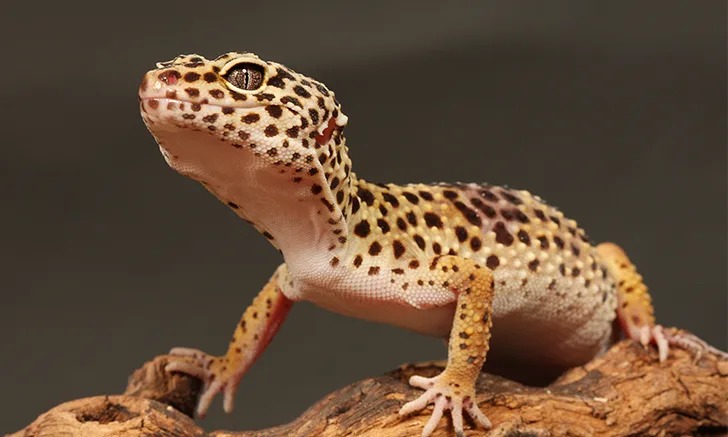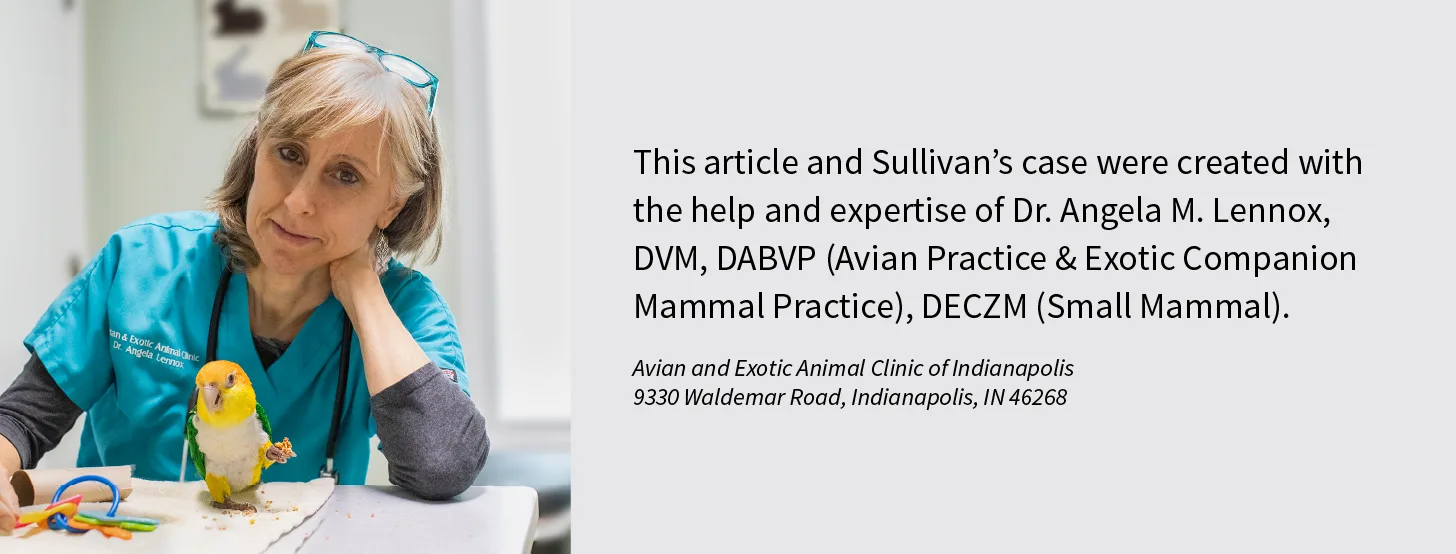Alfaxan® Multidose IDX as Part of an Anesthetic Protocol in Exotic Animal Medicine

Sponsored by Jurox
More than 13% of US households have specialty or exotic pets,1 and veterinarians are increasingly likely to be called upon to treat these species. Therefore, veterinary practices need safe, flexible, and convenient anesthetic agents for use in these species. Offering exotic animal services can provide a number of benefits to veterinarians, fulfilling a vital need in the community while also providing veterinarians with the opportunity to learn and utilize new skills.
For many veterinarians, the idea of performing anesthesia on exotic patients can be intimidating. Commonly used anesthetic agents may or may not be appropriate in these species, and there is concern regarding how to modify treatment protocols. Fortunately, there is now an anesthetic agent Indexed through the FDA for use in >50 non-food–producing minor species, including exotics. In addition to being approved in minor species, this medication offers detailed dosing information for individual species, as well as flexibility regarding administration routes. Alfaxan® Multidose IDX (alfaxalone) is a sedative/anesthetic Indexed for use in a wide variety of exotic species, with detailed dosing charts and flexible administration methods. Alfaxalone can meet many of the sedation/anesthesia needs of veterinarians working with exotic species.
In this case, Alfaxan® Multidose IDX allowed Sullivan and her veterinary team to benefit from a safe, effective, and smooth anesthetic process.
Sullivan’s Case
Sullivan, a 1-year-old adult female leopard gecko weighing 38 grams, was presented with a history of anorexia and reduced appetite of 4.5 weeks’ duration. On physical examination 2.5 weeks earlier, Sullivan was bright and responsive, with a slightly distended coelom. The owners declined diagnostic testing, and a commercial hand-feeding formula was prescribed and dispensed.
On recheck examination, the ventral aspect of a round mass could be observed and palpated mid-coelom. The owners declined any further diagnostic imaging and elected exploratory celiotomy to be performed. Premedication was performed with a combination of injectable morphine sulfate (1 mg/kg) and alfaxalone (5 mg/kg). These 2 medications were mixed in a syringe and administered as a single IM injection. Alfaxalone has previously been described for use in leopard geckos for sedation.2
Once anesthetized, Sullivan was intubated with a 1-mm endotracheal tube. Anesthesia was maintained with 100% medical-grade oxygen in isoflurane. The patient was administered intermittent positive pressure ventilation at 2 to 3 breaths/min throughout the procedure. Cardiac rate was monitored with an ultrasonic doppler.
An incisional local ventral paramedian block was administered with lidocaine (5 mg/kg) and bupivacaine (2 mg/kg) in the same syringe. Incisions were made in the skin and the thin muscle layer of the abdominal wall. A 1-cm right postovulatory follicle was observed in the coelomic cavity. Other smaller follicles, along with the ovary, were also identified. Two small hemoclips were applied between the ovary and the adrenal gland, and the entire ovary was removed. The coelomic cavity was further inspected and the left ovary and follicles were identified and removed as well. The GI tract was distended, with normal amounts of fluid; fat pads were normal in size and all other viscera appeared normal. The thin abdominal muscle was sutured with 5-0 synthetic absorbable monofilament suture using a simple continuous pattern. The skin was also closed with 5-0 synthetic absorbable monofilament suture using a horizontal mattress everting pattern (3 sutures).
After surgery, the patient weighed 34 grams. Recovery was uneventful. Meloxicam (1.5 mg/mL) was prescribed postoperatively at a dose of 0.3 mg/kg once daily by mouth for 3 days. The owners were instructed to hand-feed Sullivan as needed and return in 2 weeks for a recheck.
At her recheck examination, Sullivan was bright and alert, eating, and producing normal stool.
Alfaxan® Multidose IDX: A Major Advancement for Minor Species
Alfaxalone is a synthetic neuroactive steroidal anesthetic, achieving its central effects via interaction with γ-aminobutyric acid (GABA) subtype A receptor. Alfaxan® Multidose IDX is Indexed to treat a variety of species, including fish, reptiles, amphibians, birds, non-human primates, rodents, ferrets, non-food ungulates, and marsupials. The drug label provides individual dosing protocols for each labeled species, from alpacas to zebrafish.3 For most species, the drug label lists dosing protocols for multiple routes of administration, with and without the use of adjunct medications.
Alfaxalone has been studied in a variety of exotic species and has been proven to have a wide margin of safety.3,4 The only known medical contraindications are in animals with a known sensitivity to Alfaxan® Multidose IDX or animals in which anesthesia/sedation are contraindicated. Therefore, this medication can be used safely and effectively in most non-food-producing minor species.

For full Prescribing Information on Alfaxan® Multidose IDX, visit jurox.com/us/product/alfaxan-multidose-idx.